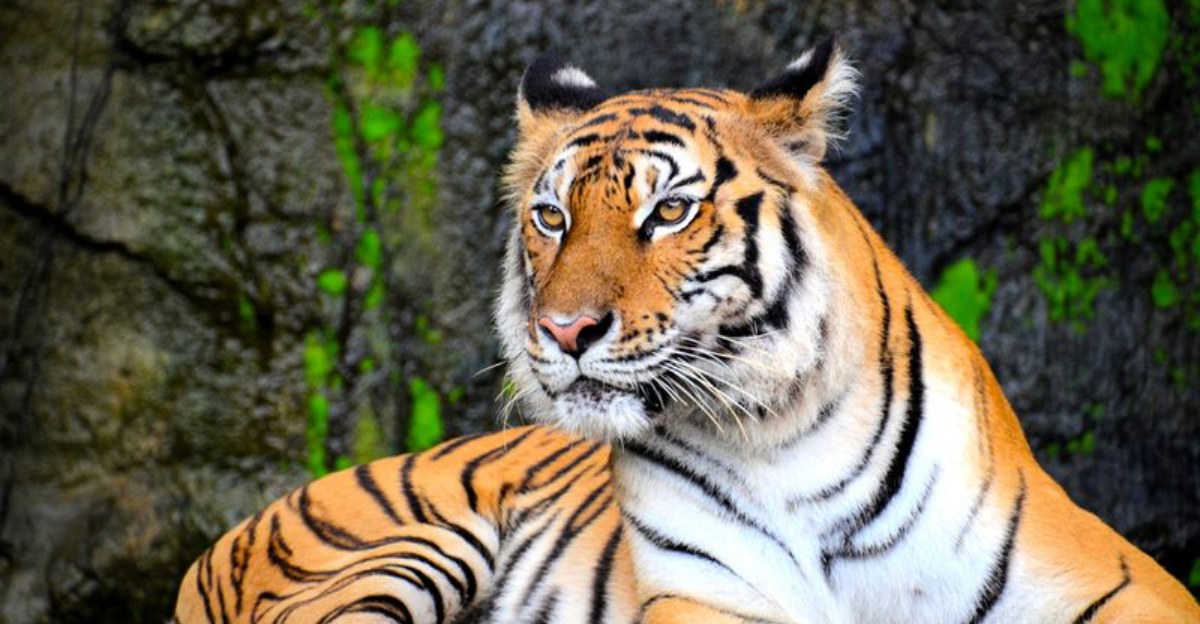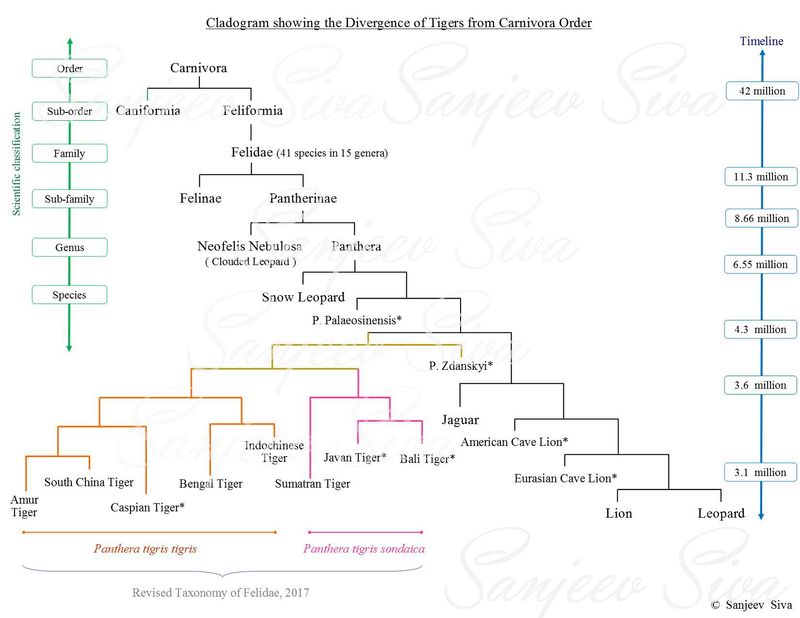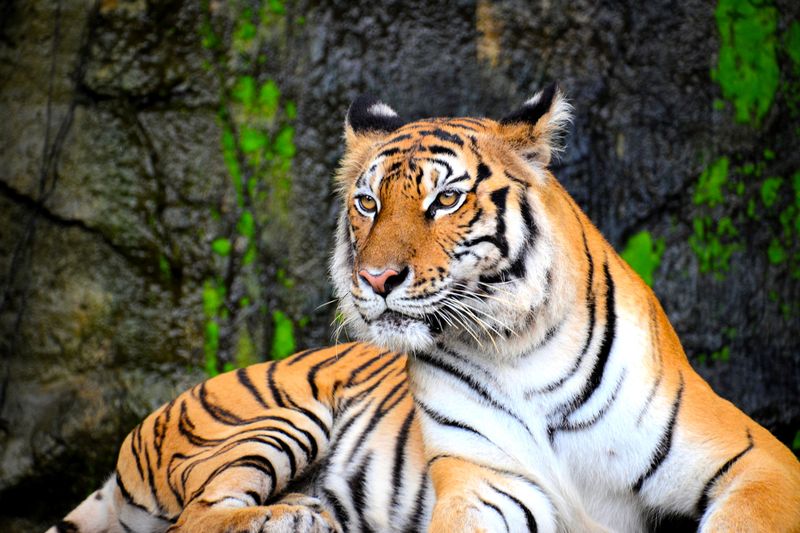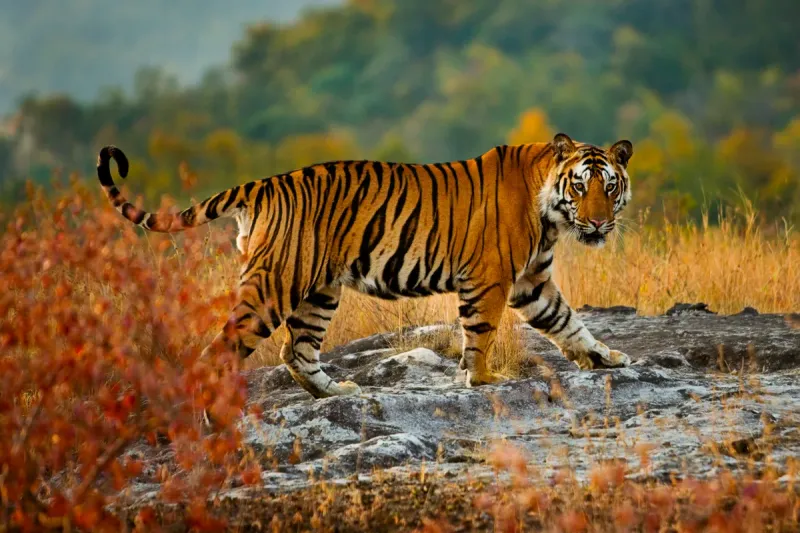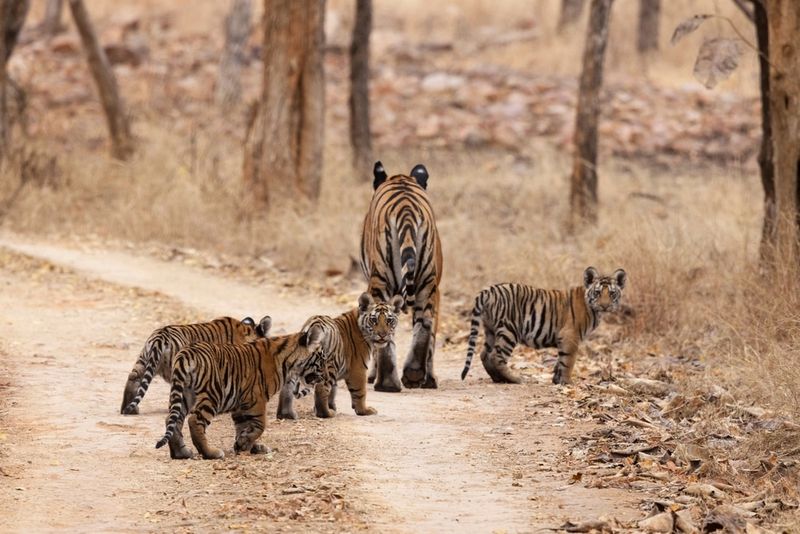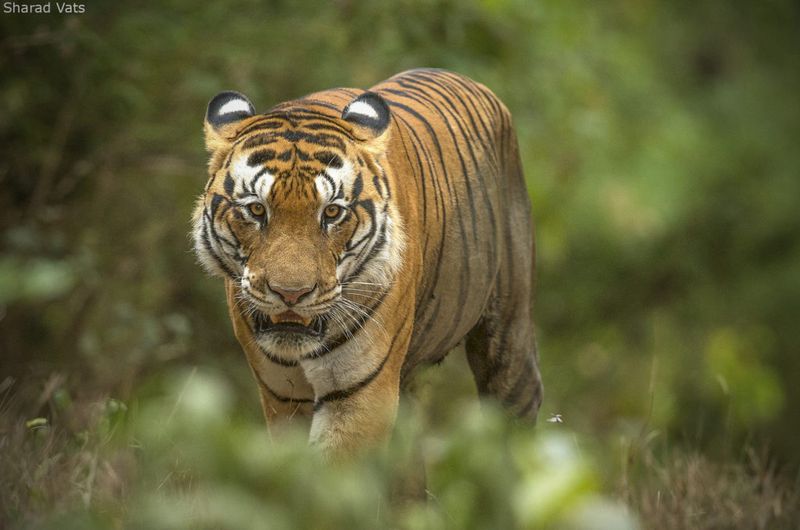📖 Table of Content:
Tigers, known scientifically as *Panthera tigris*, have undergone a remarkable evolutionary journey, evolving into the majestic creatures we recognize today. Their evolution is not just a biological tale but a cultural saga, reflecting their profound impact on human societies. From their origins millions of years ago to their revered status in mythologies, tigers have become legendary. Understanding their journey provides insight into their role in nature and emphasizes the importance of their conservation.
1. Evolutionary Origins
Tigers are believed to have diverged from other big cats in the Panthera genus approximately 5 million years ago, with the emergence of the modern tiger species around 2 million years ago. Fossil evidence indicates that early tigers inhabited regions of China and Southeast Asia during the Pleistocene epoch. Over time, they expanded their range, reaching the Indian subcontinent, the Caspian region, and parts of Russia and Japan by the late Pleistocene. By the Holocene epoch, which began around 10,000 years ago, tigers had also colonized islands like Java and possibly Borneo.
2. Genetic Studies and Divergence
Recent molecular genetic studies suggest that the most recent common ancestor of all living tigers lived between 72,000 and 108,000 years ago. This finding highlights the dynamic nature of tiger evolution and the factors influencing their genetic diversity. Discoveries have reshaped our understanding of tigers’ evolutionary timeline, offering new insights into their adaptability and resilience. These genetic revelations underscore the importance of conserving the genetic diversity of tiger populations, ensuring their survival in a rapidly changing world.
3. Cultural Significance
Beyond their biological evolution, tigers have been deeply embedded in human culture and mythology. In Chinese culture, the tiger is revered as the “King of Beasts,” symbolizing strength, courage, and protection. It is one of the Four Symbols in Chinese cosmology, representing the west and autumn. Similarly, in Korean mythology, tigers are seen as guardians against evil spirits and are associated with mountain gods. In Hinduism, the tiger is the mount of the goddess Durga, symbolizing her power and fierceness.
4. Adaptations for Hunting
With a stealthy grace and unmatched power, tigers have evolved as apex predators. Their muscular bodies, retractable claws, and keen senses make them formidable hunters in diverse habitats. Tigers’ striped coats offer perfect camouflage in the dappled light of forests and grasslands, aiding in stalking prey. Evolution has fine-tuned their physical attributes, ensuring they remain at the top of the food chain. These adaptations not only reflect their predatory prowess but also their role in maintaining ecological balance.
5. Habitat and Range Expansion
Tigers originally inhabited diverse landscapes, from Siberian taiga forests to the tropical jungles of Southeast Asia. Their ability to adapt to various environments facilitated their range expansion, enabling them to thrive in different habitats. This adaptability, however, is threatened by habitat loss and fragmentation. Conservation efforts focus on preserving these critical landscapes to ensure tigers’ survival. The historical and current distributions of tigers tell a story of resilience and adaptability, highlighting the need for sustainable conservation strategies.
6. Conservation Challenges
Human activities pose significant challenges to tiger conservation, with habitat destruction and poaching being primary threats. Conservationists are employing innovative strategies, including anti-poaching patrols and community engagement, to protect tigers. Collaboration with local communities is crucial to creating sustainable solutions. Despite these efforts, challenges persist, necessitating global cooperation and awareness. The future of tigers depends on our ability to address these issues effectively, ensuring that these magnificent creatures continue to roam the wild.
7. Influence on Ecosystems
Tigers play a crucial role in maintaining the ecological balance of their habitats. As apex predators, they regulate prey populations, contributing to the health of ecosystems. Their presence ensures biodiversity, benefiting other species in the food chain. By controlling herbivore numbers, tigers prevent overgrazing, allowing vegetation to flourish. This ecological role highlights the importance of tigers in sustaining healthy environments. Conservation efforts must recognize their vital contribution to ecosystem dynamics, emphasizing the interconnectedness of all living beings.
